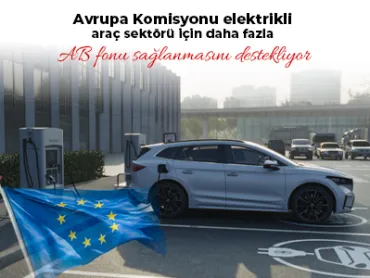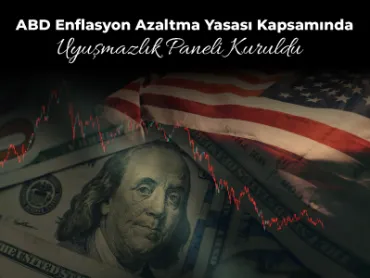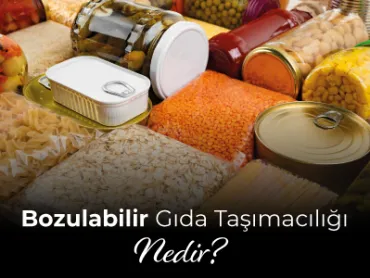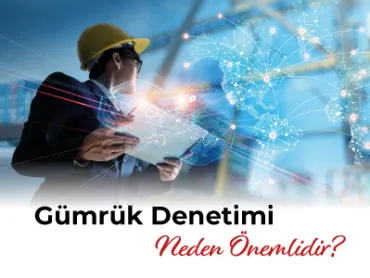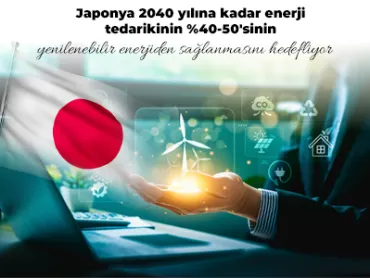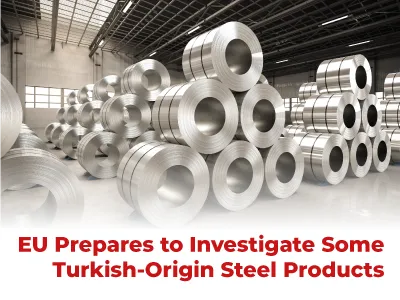
In the statement sent to the industry associations by the Import General Directorate of the Ministry of Commerce, the European Commission General Directorate of Trade stated that the anti-dumping and subsidy measures applied to Indonesian-origin cold rolled stainless flat steel imports. It has reportedly received complaints about violations due to shipments from Türkiye, Taiwan, and Vietnam.
While the commission has not yet initiated an investigation into this development, the information on the producer-exporter company related to the said complaint should be confirmed, and if there are other producer-export companies, the information about these companies should be reported to the Ministry of Commerce today. Anti-dumping tax rates applied to the products in question imported from Indonesia; 9.3-20.2 percent and compensatory taxes are between 0-21.4 percent.
The products in question exist in the Customs Tariff Statistics Position Table; 7219.31.00 7219.32.10 7219.32.90, 7219.33.10, 7219.33.90, 7219.34.10, 7219.34.90, 7219.35.10, 7219.35.90, 7219.90.20, 7 219.90.80, 7220.20.21, 7220.20.29, 7220.20.41, 7220.20.49, 7220.20.81, 7220.20.89, 7220.90.20 and 7220.90.80.
What is Cold Rolled Steel?
Cold-rolled steel is highly malleable and is a variant of iron with a small amount of carbon added. While the physical properties of the materials produced with tandem cold rolling are homogeneous throughout the roll, the surface smoothness, width, and thickness distributions meet the expectations at the highest level. There usually are four types of cold-rolled steel. ; commercial steel, drawn steel, extra deep drawn steel, and extra deep drawn steel are plus. It can be formed effectively for medium tensile applications. This makes it an excellent choice for many home appliances and metal furniture. Cold-rolled steel is a widely used primary material for building steel sheds, mechanical structures, and garages in development.
What Are the Benefits of Cold Rolled Steel?
Cold-rolled steels have a lower carbon content than hot-rolled steels, making them more durable. They can also be rolled to more specific sizes due to the lack of shrinkage with hot-rolled steels. This is a very advantageous situation for manufacturers.
 Back
Back
